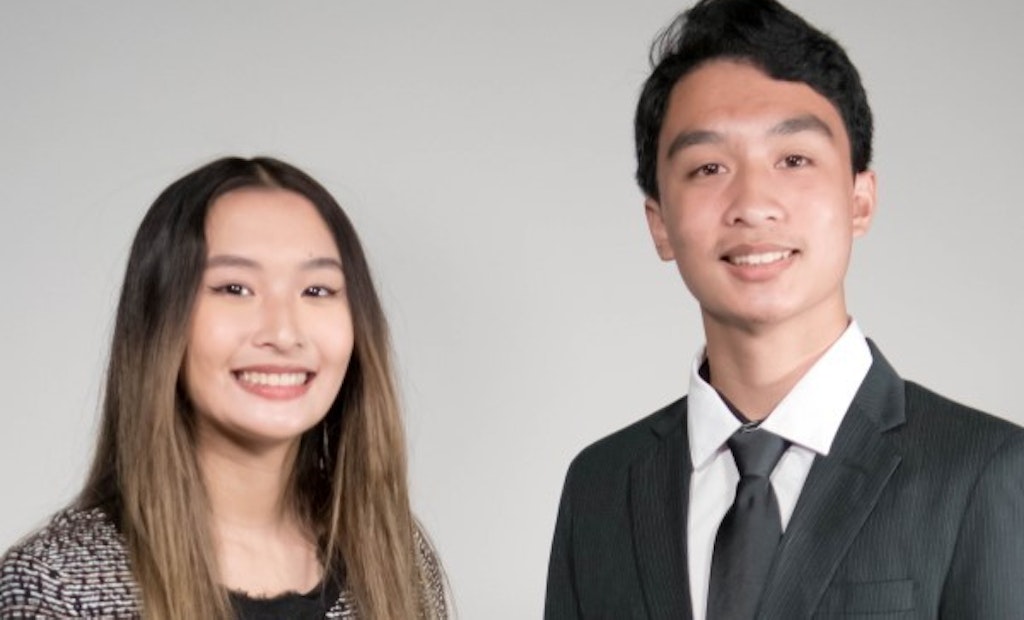The Water Environment Federation has announced that John Benedict Estrada and Pauline Victoria Estrada, siblings from Clovis North High School in California, are the winners of the 2022 U.S. Stockholm Junior Water Prize for their project on conservation of irrigation water using a drought assessment tool powered by artificial intelligence.
The Estradas won $10,000 and will represent the United States at the international competition in Stockholm, Sweden in August.
Students from 45 states and Puerto Rico competed in the national finals held at the Colorado School of Mines. The Stockholm Junior Water Prize is a prestigious youth competition for water-related research and aims to increase students’ interest in water issues and careers. The competition is open to projects focused on improving water quality, resource management, protection, and drinking water and wastewater treatment.
"I had the opportunity to speak with the students at the U.S. Stockholm Junior Water Prize competition and was thoroughly impressed by their intelligence, ingenuity and passion for solving water problems," says WEF President Jamie Eichenbeger. "WEF is proud to support these students as they continue to identify and explore solutions to the challenges facing our global water environment."
Development of an early detection tool to assess drought stress in plants is crucial in reducing irrigation water used to grow agricultural crops. The Estradas developed an artificial intelligence drought assessment model using field data and variables that are indicators of drought stress. They then built a rover with infrared and RGB cameras to capture plant canopy images. Infrared temperature, soil moisture reading, and red, green and blue light reflectance values were used to train the artificial intelligence model. The Estradas say that if the tool and model were used on all tomato farms in California, approximately 26 billion gallons of irrigation water could be saved each season.
Ruchi Agarwal of Rowland High School in Utah was selected as a runner-up for her project evaluating the role of harmful algal blooms on water scarcity in the arid West.
Robert Lopez of Brentwood High School in New York was selected as a runner-up for his project evaluating accumulation of phragmites in a Long Island salt marsh ecosystem and assessing the effort on carbon sequestration, the nitrogen cycle, and sediment biota.
The Bjorn von Euler Award for Innovation in Water from Xylem, Inc. went to Johanna Bernu of Cloquet Senior High School in Minnesota for her project on the disinfectant properties of Nuphar advena, commonly known as the Spatterdock plant.
The James L. Condon Recognition for Environmental Stewardship went to Emily White of McIntosh High School in Georgia for her project to create sustainable habitats for Crassostrea Virginia, commonly known as the Eastern oyster.






